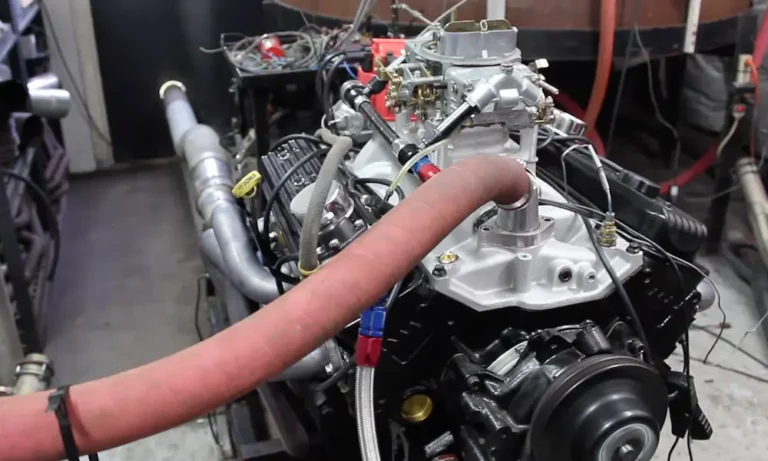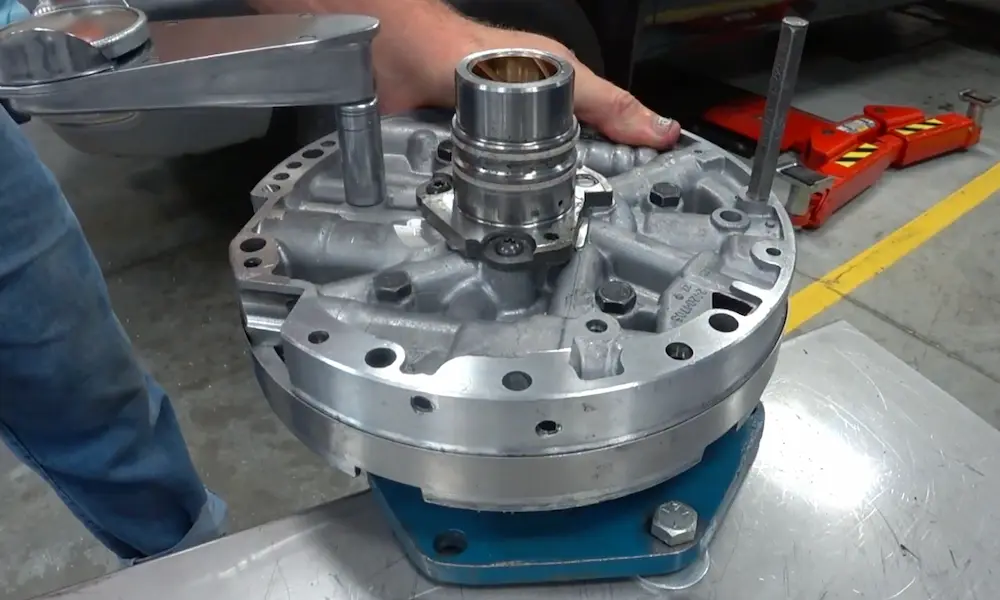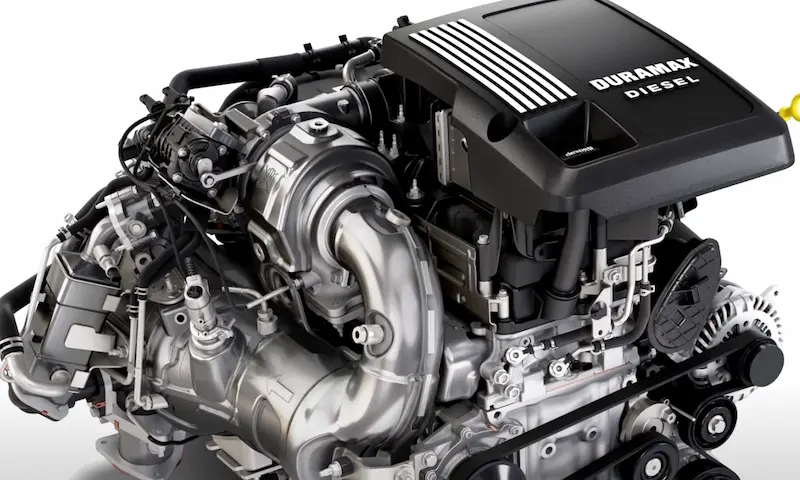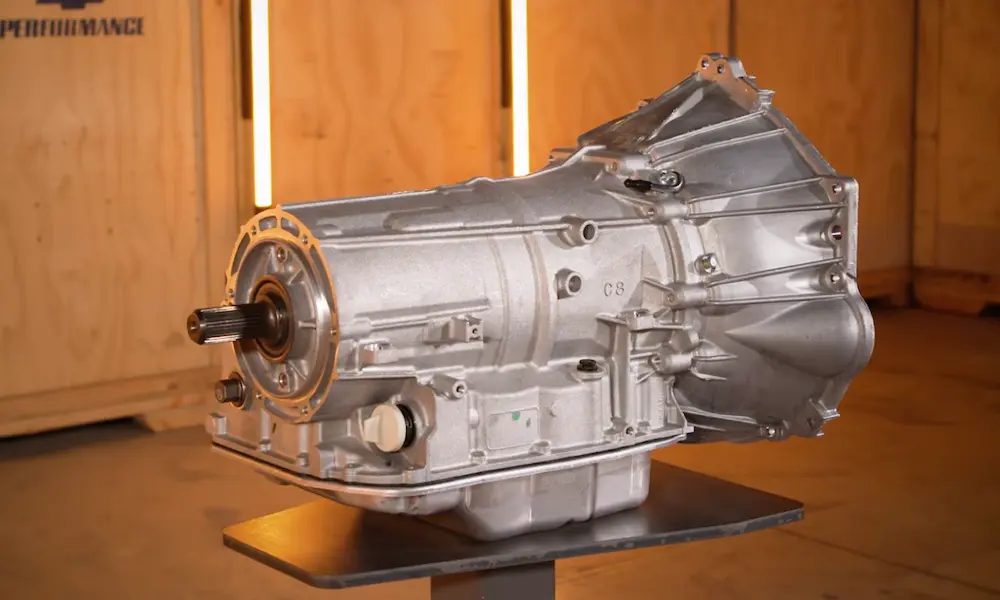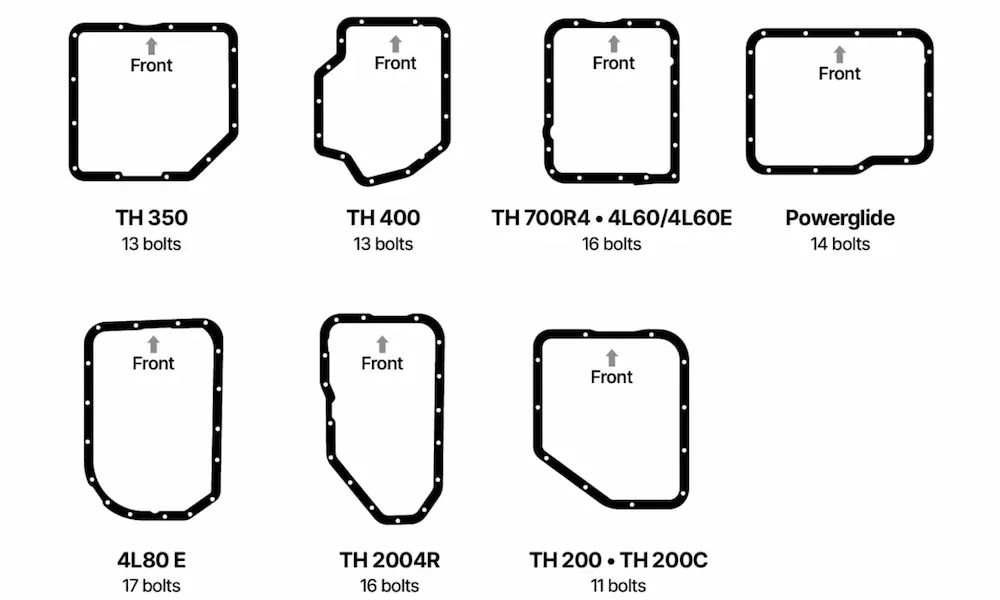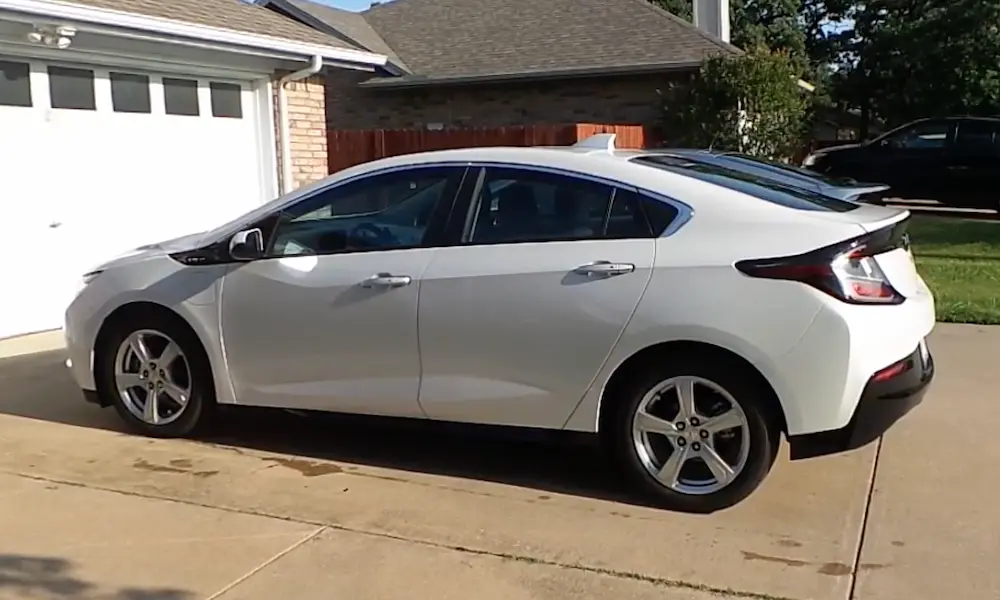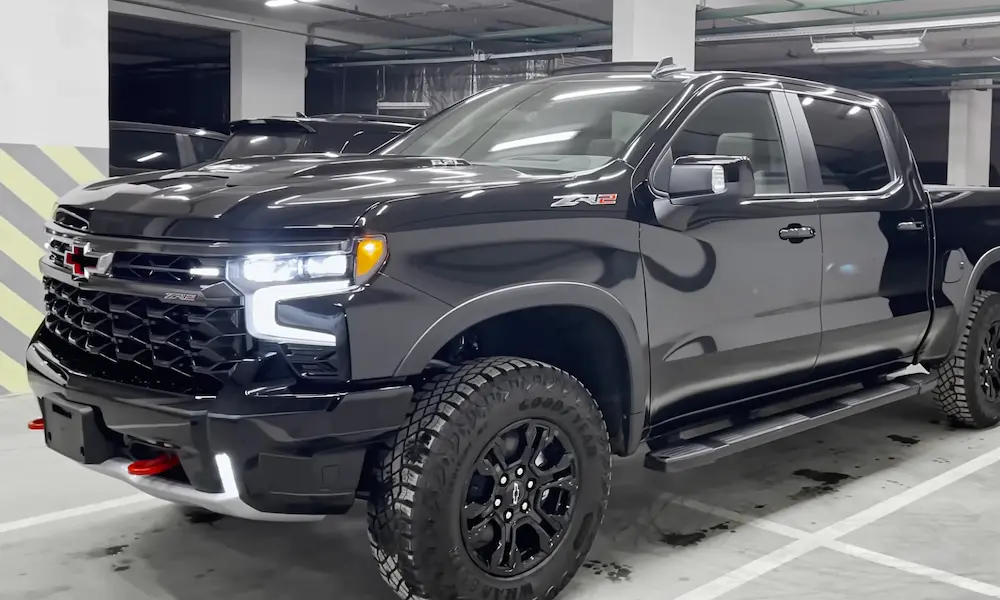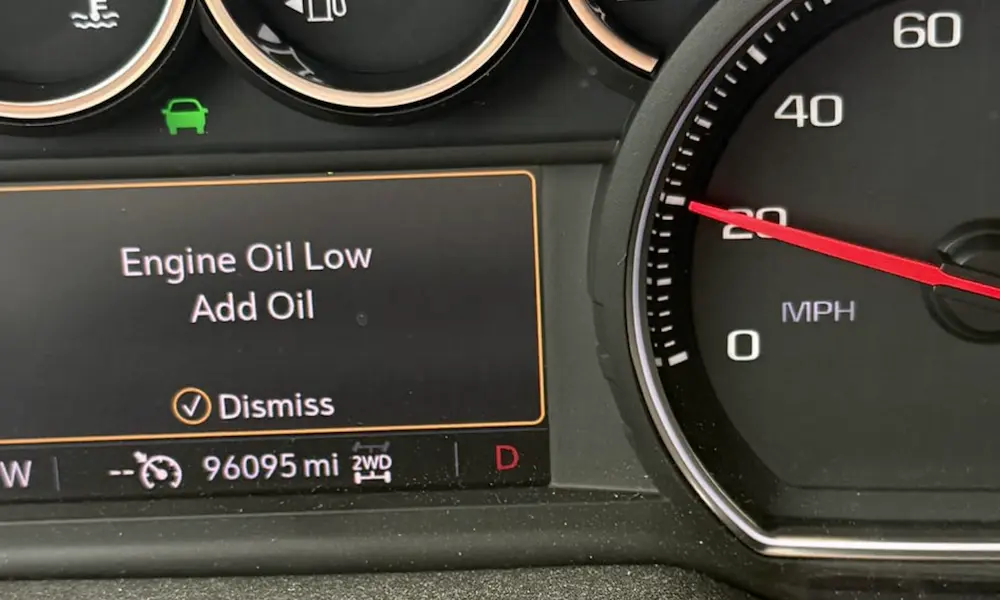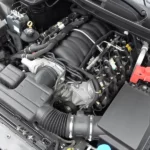Ever wondered why truck enthusiasts get misty-eyed when talking about the L31 Vortec engine? This 5.7L powerhouse marked the end of an era in American engine design, serving as Chevrolet’s final first-generation small-block V8 before the LS revolution began. Whether you’re considering an engine swap or just appreciating classic GM engineering, the L31’s combination of reliability and muscle makes it worth understanding.
What Is the L31 Vortec Engine?
The L31 is a 5.7-liter (350 cubic inch) V8 engine that served as GM’s transition between classic small-block designs and modern LS architecture. Built from 1996 to 2002, this cast iron workhorse powered countless trucks and vans while establishing a reputation for dependability.
Unlike earlier small-blocks, the L31 featured improved Vortec cylinder heads with better flow characteristics, making it the most powerful and efficient of the traditional Chevy V8s. Many enthusiasts consider it the perfected version of the original small-block design that began in 1955.
L31 Engine Specs: The Numbers That Matter
The L31’s specifications tell the story of an engine designed for both power and everyday reliability. Here’s what makes this engine tick:
Basic Dimensions and Configuration
- Engine Type: 90° V8 with overhead valves
- Displacement: 5.7L / 350 cubic inches
- Bore: 4.000 inches
- Stroke: 3.480 inches
- Deck Height: 9.025 inches
- Block Material: Cast iron
- Cylinder Head Material: Cast iron
- Main Bearings: 4-bolt main design
- Firing Order: 1-8-4-3-6-5-7-2
Performance Specifications
The L31 came in two main configurations for different applications: Light Duty (LD) for half-ton trucks and Heavy Duty (HD) for three-quarter and one-ton vehicles.
| Specification | Light Duty (LD) | Heavy Duty (HD) |
|---|---|---|
| Horsepower | 255 hp @ 4,600 rpm | 250 hp @ 4,600 rpm |
| Torque | 330 lb-ft @ 2,800 rpm | 330 lb-ft @ 2,800 rpm |
| Compression Ratio | 9.4:1 | 9.3:1 |
| Fuel Requirement | Regular unleaded (87 octane) | Regular unleaded (87 octane) |
What’s impressive about these numbers is how accessible the torque is. With peak torque available at just 2,800 rpm, the L31 delivers power where trucks need it most—in the low and mid-range for towing and hauling.
The Revolutionary Vortec Cylinder Head Design
The Vortec heads are what truly set the L31 apart from earlier small-blocks. These heads transformed the performance potential of the traditional 350 engine design.
Cylinder Head Specifications
- Head Type: Vortec cast iron
- Combustion Chamber Size: 64cc
- Intake Runner Volume: 165cc
- Castings: Available as #906 and #062 versions
- Valve Sizes: 1.940″ intake / 1.500″ exhaust
- Mount Pattern: Requires specific intake manifold (four bolts per head vs. traditional six)
The Vortec heads feature a dramatically improved port design that increases airflow into the combustion chamber. This enhanced breathing capability allows the engine to produce significantly more power than previous versions with similar displacement.
One notable distinction: if you’re considering using these heads on an older small-block, you’ll need a matching Vortec-specific intake manifold due to the revised bolt pattern.
Valvetrain Components and Design
The L31’s valvetrain incorporated several improvements over earlier small-block designs, contributing to both increased performance and reliability.
Key Valvetrain Specs
- Valve Configuration: 2 valves per cylinder
- Valve Lift: 0.414″ intake / 0.428″ exhaust
- Duration @ .050″: 191° intake / 196° exhaust
- Valve Lifters: Hydraulic roller
- Rocker Arms: Stamped steel with 1.5:1 ratio
- Valve Seats: Alloy insert
The hydraulic roller lifters are a significant upgrade from the flat tappet lifters used in earlier small-blocks. This design reduces friction, improves durability, and allows for more aggressive cam profiles without sacrificing reliability.
L31 Rotating Assembly: Built for Durability
The L31’s rotating assembly demonstrates GM’s focus on creating a rugged, long-lasting engine for truck applications.
Rotating Assembly Components
- Crankshaft: Forged 1053 steel
- Connecting Rods: Powdered metal, 5.7 inches in length
- Pistons: Hypereutectic with graphite coating
- Balance: External rear, internal front
- Timing Chain: Single-row roller chain
The hypereutectic pistons with graphite coating provide excellent durability while reducing friction. Combined with the forged crankshaft, these components create a rotating assembly that can handle years of heavy use without major issues.
Oil System and Lubrication
The L31 uses a conventional wet-sump oiling system designed for reliable operation across various conditions.
Oil System Details
- Oil Pan: Black 4-quart capacity
- Oil Pump: Melling stock pressure and volume design
- Oil Filter: AC Delco PF1218 or equivalent
This straightforward oiling system offers adequate lubrication for stock applications, though many enthusiasts upgrade to a high-volume pump for modified engines running at higher RPMs.
Vehicle Applications: Where You’ll Find the L31
The L31 found homes in numerous GM trucks and vans during its production run from 1996 to 2002.
Common L31 Applications:
- Chevrolet C/K trucks (1996-2000)
- Chevrolet Express vans (1996-2002)
- GMC Sierra trucks (1996-2000)
- GMC Savana vans (1996-2002)
- Various marine applications through Volvo Penta and Mercury Marine
The engine’s versatility made it a natural choice for workhorses in GM’s lineup. Today, new L31 crate engines remain available for both automotive and marine applications, keeping this design relevant decades after its introduction.
L31 vs. Modern LS Engines: Comparing Generations
How does the L31 stack up against the LS engines that replaced it? Here’s a comparison between the L31 and its successor, the 5.3L LM7:
| Feature | L31 Vortec 5.7L | LM7 LS 5.3L |
|---|---|---|
| Block Material | Cast Iron | Cast Iron |
| Cylinder Head | Cast Iron | Aluminum |
| Displacement | 350 ci / 5.7L | 325 ci / 5.3L |
| Valvetrain | OHV with roller lifters | OHV with roller lifters |
| Typical Power | 255 hp / 330 lb-ft | 285-310 hp / 325-335 lb-ft |
| Weight | ~575 lbs | ~458 lbs |
| Fuel System | Central Port Injection | Sequential Port Fuel Injection |
| Computer System | OBD-II | OBD-II with more features |
While the LS offers better specific output (more power from less displacement), many enthusiasts still prefer the L31 for its simplicity, cast iron durability, and compatibility with decades of small-block performance parts.
Common L31 Engine Problems and Solutions
Despite its reputation for reliability, the L31 does have a few common issues to watch for:
Intake Manifold Gasket Failures
The composite intake gaskets can break down after 100,000+ miles, leading to coolant leaks or internal consumption. The solution is upgrading to modern multi-layer steel (MLS) gaskets when replacement becomes necessary.
Fuel Spider Issues
The central port injection system (often called the “spider”) can develop leaks or clogged injectors. Simplified aftermarket retrofit kits that replace the entire spider with individual port injectors are available.
Oil Consumption
Higher mileage L31 engines may develop valve guide wear leading to oil consumption. This typically requires a cylinder head rebuild with new valve guides and seals.
Distributor Gear Wear
The distributor gear can wear prematurely if not properly lubricated during installation. Always use the appropriate lubricant specified by GM when replacing the distributor.
Performance Potential: Modifying the L31
The L31 offers substantial performance potential for enthusiasts looking to extract more power:
Easy Power Upgrades
- Exhaust Headers: Replace restrictive manifolds with long-tube headers for 10-15 additional horsepower
- Camshaft Upgrade: A slightly more aggressive camshaft can add 20-30 horsepower
- Intake Manifold: Aftermarket intakes improve airflow for 10-15 horsepower gains
- Electronic Tuning: Adjusting fuel and timing maps can unlock 10-20 horsepower
Building a High-Performance L31
With more extensive modifications, the L31 can produce impressive power:
- Ported Vortec Heads: Professional porting can improve airflow substantially
- Higher Compression Pistons: Moving to 10.5:1 compression adds significant power
- Roller Rocker Arms: Aluminum roller rockers with 1.6 ratio increase valve lift
- Free-Flowing Exhaust: 2.5-inch dual exhaust systems reduce backpressure
Many builders have extracted 350-400 horsepower from L31 engines while maintaining reliability for street use. For race applications, power levels over 500 horsepower are achievable with appropriate supporting modifications.
L31 Engine Maintenance Tips
Keeping an L31 running strong requires attention to these maintenance items:
Regular Maintenance Schedule
- Oil Changes: Every 5,000 miles with 5W-30 or 10W-30 oil
- Spark Plugs: Replace every 100,000 miles with AC Delco 41-932 or equivalent
- Fuel Filter: Change every 30,000 miles
- Coolant: Flush and replace every 100,000 miles with DEX-COOL
- Distributor Cap and Rotor: Inspect every 100,000 miles, replace if cracked or worn
Long-Term Reliability Tips
- Oil Additives: Consider zinc additives (ZDDP) for protecting the camshaft and lifters
- Fuel System Cleaner: Use quality injector cleaner every 10,000 miles to prevent deposits
- Initial Startup: Always prime the oil system when installing a new or rebuilt engine
- Break-In Procedure: Vary RPM during the first 500 miles to properly seat piston rings
The L31’s Legacy in Automotive History
The L31 Vortec 5.7L holds a special place in GM’s engine lineup as the culmination of decades of small-block V8 development. From its introduction in 1996 to the end of production in 2002, this engine represented the most refined version of Chevrolet’s traditional small-block architecture.
While modern LS engines offer more power and efficiency, many enthusiasts appreciate the L31’s blend of time-tested design elements with meaningful performance improvements. The engine’s cast iron construction provides excellent durability, while its improved Vortec cylinder heads deliver power previously unavailable from a factory small-block.
Today, the L31 remains popular for engine swaps into older vehicles, providing modern fuel injection and improved performance while maintaining the classic small-block character. As the final chapter in the first-generation small-block story, the L31 stands as the perfected version of one of the most successful engine designs in automotive history.

